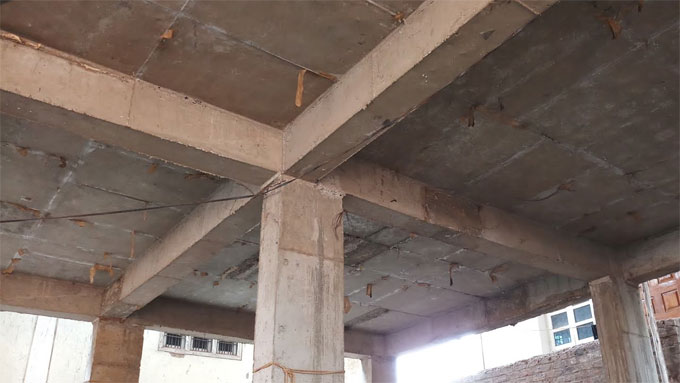
Some useful methods to work out ideal column spacing for pallet racking
While placing warehouse pallet racking, it becomes difficult to adapt building columns. Although the layout drawing is adjusted properly but collapsing of columns in the middle of a drive aisle or in the racking itself can?t be avoided.
In this civil engineering article, you will be familiar with a perfect building column spacing to get rid of this complicated method and increase the number of storage locations inside a building.
Building Columns: These are vertical members which provide support to the facility ceiling. They are available with different types of sizes and designs.
Uprights: These are vertical supports in a pallet racking system. To develop a pallet racking structure, two upright frames are required on each side to support the horizontal beams.
Beams: They provide horizontal weight-bearing supports in a pallet racking system which attaches the upright frames to each other.
Flue Space: These are spaces among back to back rows of pallet racking. These back-to-back rows are attached with row spacers. 12? is the most recommended row spacer length to facilitate minor overhang of the pallets in the back as well as fire suppression if required inside the racks.
This flue space also facilitates the typical building columns (10? x 10?) to be hidden inside the racking devoid of losing any pallet storage locations.
Purpose of building columns: The architects and structural engineers place building columns by keeping 40 or 50 feet distance owing to standard steel mill member lengths. However, when the building is designed around the proposed use and equipment inside, these lengths can be adjusted to obtain the best use of the space investment.
To maximize your pallet rack layout, two things can be done to get rid of the building columns falling outside of the racking and inside fork truck drive aisles:
Place racking properly in order that the building columns land in the flue spaces of the pallet racking as well as inside the racking itself.
If possible, the pallet racking should be placed in order that the building columns fall inside flue spaces to get rid of losing storage locations. Given below the ideal building column spacing for a various single-deep pallet racking designs. Here, 12? x 12? building columns and 48? deep pallets (therefore no pallet overhang) are taken.
To determine the best building column spacing for your preferred rack layout, the following formula should be applied :-
[(Rack Depth x 2) Flue Aisle] x # Bays = Column Spacing
The process is complicated for placing and configuring pallet racking specifically when it is not possible to work with the general contractor to maximize the building column spacing inside your new building, or moving into an existing building.


